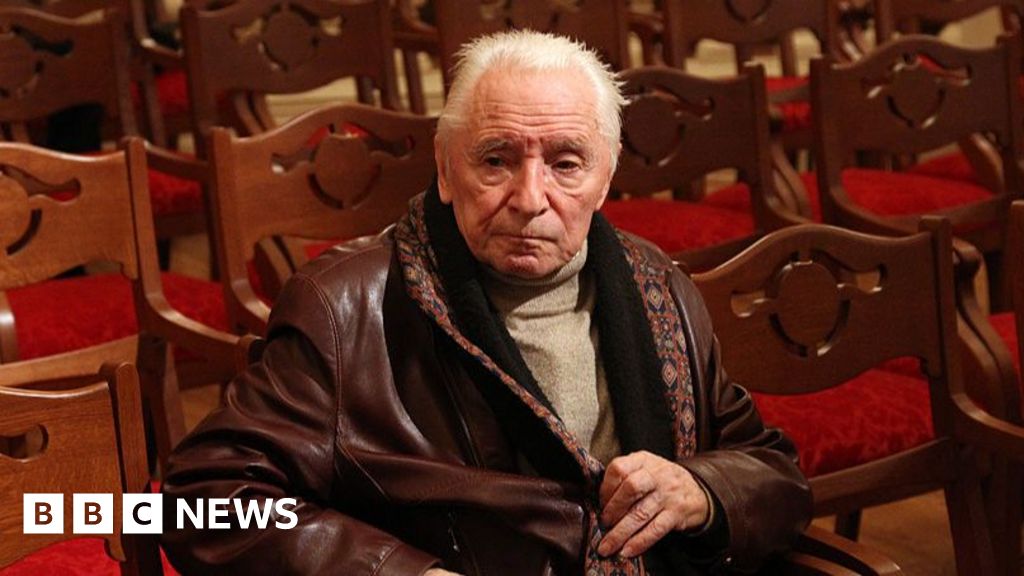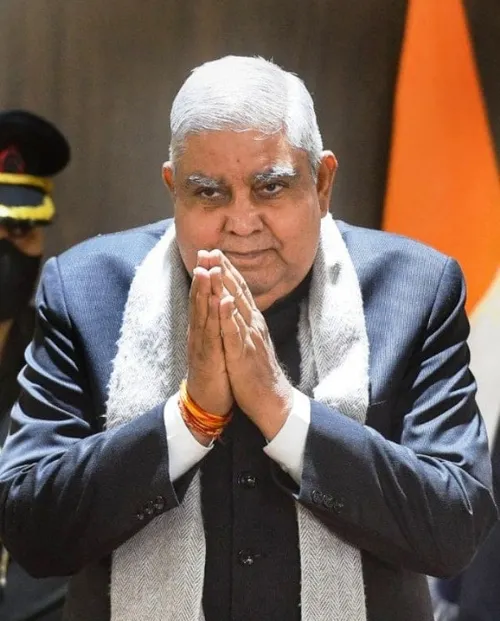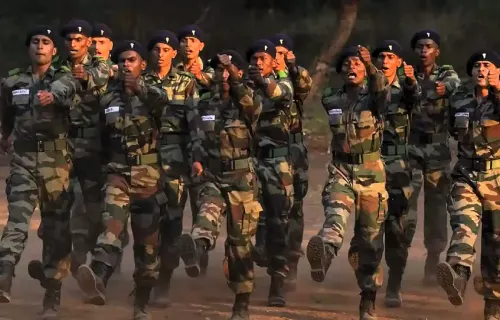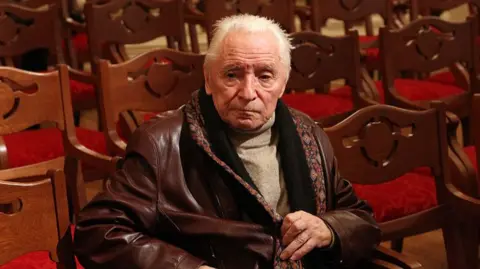 Getty Images
Getty ImagesAcclaimed Russian ballet choreographer, Yuri Grigorovich, has died aged 98.
Described as one of the greatest choreographers of the 20th century, he was artistic director of the Bolshoi Ballet from 1964 to 1995, which he is said to have led with an iron fist.
Grigorovich’s productions of the Stone Flower, Ivan the Terrible and Romeo and Juliet redefined Soviet ballet. Praised for revitalising male dance, he created parts for men demanding exceptional strength and artistry.
Born in 1927, a decade after the Bolshevik Revolution, his work was steeped in the traditions of classical ballet.
His uncle, Georgy Rozai, had studied under the legendary Vaslav Nijinsky and the young Grigorovich went on to dance as a soloist with the Kirov Ballet in Leningrad before turning to choreography.
His departure from the Bolshoi in 1995, amid disputes over performers’ contracts, led to the first ever dancers’ strike at the theatre in its 200-year history. During a scheduled performance, a dancer emerged to inform the audience the show was cancelled, leaving a stunned silence.
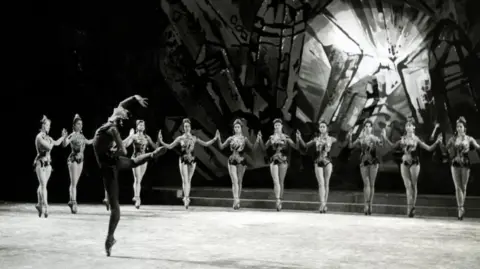
Following the Soviet Union’s collapse, the Bolshoi faced instability. Grigorovich moved to Krasnodar to found a new ballet company. He returned to the Bolshoi in 2008 as a choreographer and ballet master.
Grigorovich received top Soviet and Russian honours, including the titles People’s Artist of the USSR and Hero of Socialist Labour. His wife, renowned ballerina Natalia Bessmertnova, died in 2008.
His death came on the same day as that of one of his most celebrated collaborators, dancer Yuri Vladimirov, aged 83.
Valery Gergiev, head of the Bolshoi and Mariinsky theatres, told Izvestia newspaper that Grigorovich was “a legendary figure who will continue to command respect and admiration for decades to come”.
Anurag Dhole is a seasoned journalist and content writer with a passion for delivering timely, accurate, and engaging stories. With over 8 years of experience in digital media, she covers a wide range of topics—from breaking news and politics to business insights and cultural trends. Jane's writing style blends clarity with depth, aiming to inform and inspire readers in a fast-paced media landscape. When she’s not chasing stories, she’s likely reading investigative features or exploring local cafés for her next writing spot.
